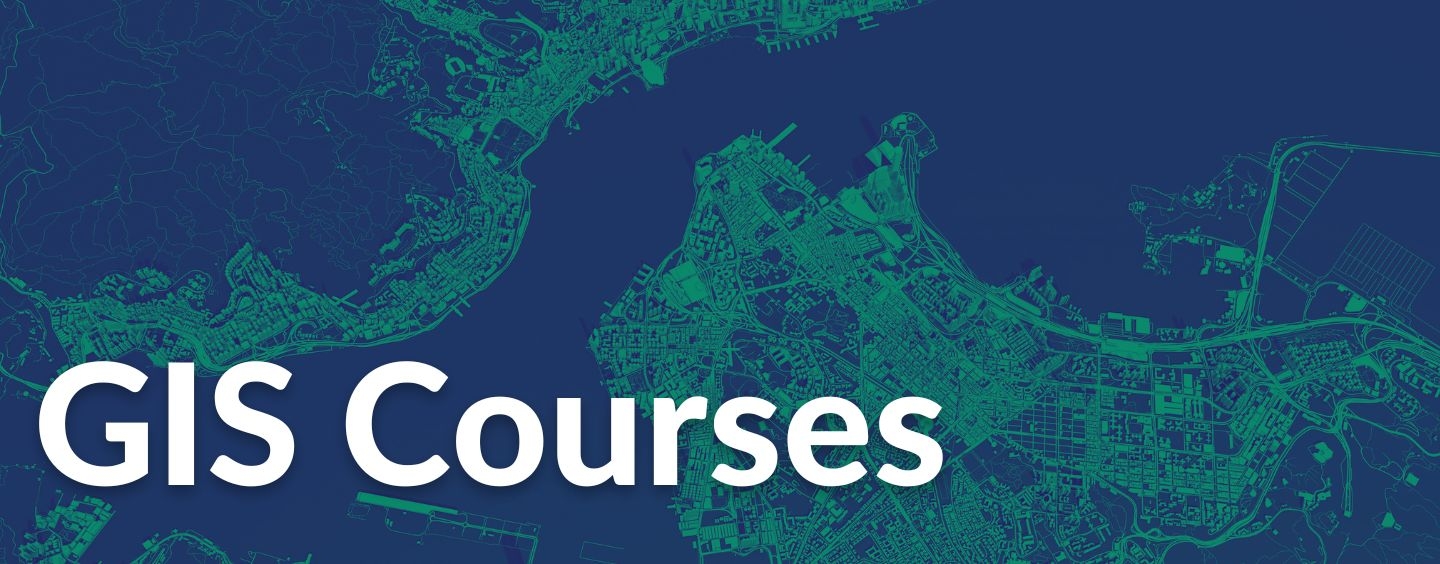GIS Courses Starting in September 2023
September 1, 2023

Photo Credit:
Staff
Many Geographic Information Systems courses are starting in September. Register now for these two-day courses:
- Introduction to Geographic Information Systems (GIS), September 8 & 9
This course is an introduction to the concepts and uses of GIS. Lecture topics include history of GIS, GIS data structures and sources of data, GIS tools, vendors and software, applications, and resources. Exercises include spatial data display and query, map generation, and simple spatial analysis using ArcGIS software. Class format is approximately 50% lecture and 50% lab exercise. - Working with GIS Data, September 15 & 16
This course explores various methods of capturing data for use in GIS, including digitizing from maps, digital photos, and satellite imagery; locating and reformatting existing digital data, Global Positioning Systems (GPS), scanning, image classification and address matching. Topics will include methods of attributing and concepts of data conversion, georeferencing, projections, and coordinate systems. Class format: approximately 50% lecture, 50% software applications. - Database Design & Management for GIS, September 22 & 23
This course focuses on the planning, construction, and administration of a GIS database including spatial and attribute data. The lecture provides a conceptual background, as well as practical guidelines, and is reinforced with exercises using both ESRI software and traditional database design techniques. Topics include data requirements analysis; relational database design; attribute and entity definitions; table normalization; table creation and population; query optimization; and data integration. Class format: approximately 50% lecture, 50% software application. - Raster GIS & Analysis, September 29 & 30
This course focuses on the planning, construction, and administration of a GIS database including spatial and attribute data. The lecture provides a conceptual background, as well as practical guidelines, and is reinforced with exercises using both ESRI software and traditional database design techniques. Topics include data requirements analysis; relational database design; attribute and entity definitions; table normalization; table creation and population; query optimization; and data integration. Class format: approximately 50% lecture, 50% software application.
Find the GIS Class Schedule and How to Register for GIS Courses.
Tags



